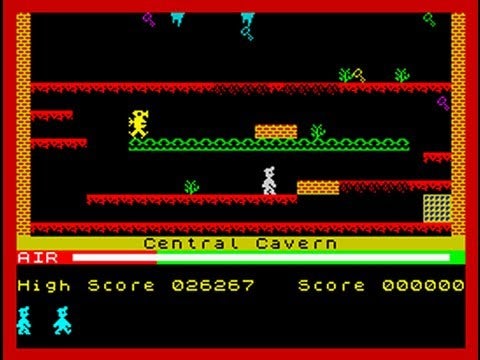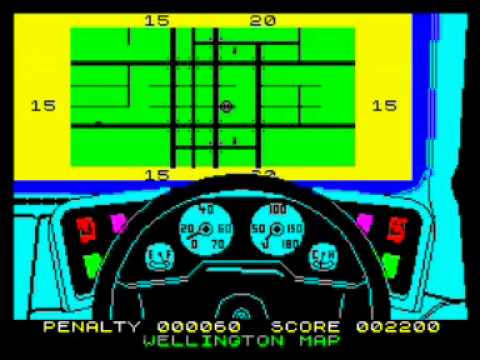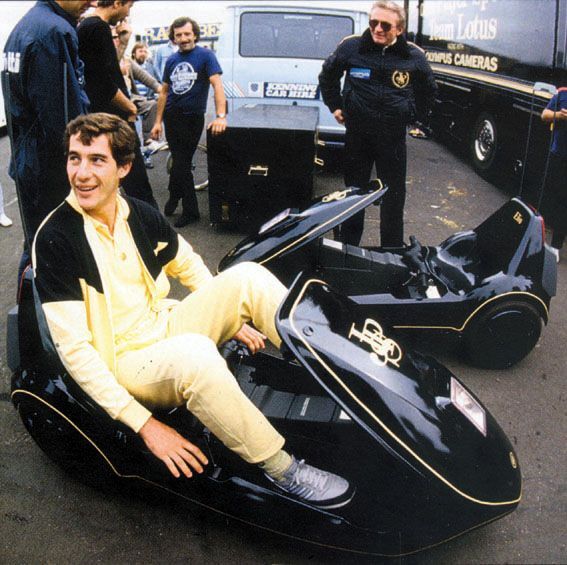If you fancy catching up on some of the older editions of What We’ve Been Playing, here’s our archive. I distinctly remember waking up one night to the tinny drone of Hall of the Mountain King, belting out from our tiny back room, while my mother, bathed in the light of a squat grey portable TV, swore profusely at a tiny white man wearing a miner’s hat. The discovery did somewhat spoil the next day’s surprise - that our family now had its very first home computer in the shape of ZX Spectrum - but it was my very first introduction to the world of video games and a moment that genuinely would change my life forever. And more than that, the single-screen platforming of Manic Miner itself - its riot of silly, insidiously unsettling surrealism set to that relentless classical music drawl - is still permanently etched into my brain. Truthfully, it’s probably Miner Willy’s next adventure, Jet Set Willy, that did the most lasting damage to my psyche - the horror of housekeep Maria’s deadly pointing finger, the awful dripping presence in the Chapel, the game-busting bugs in the Attic, the irreversible descent into Hades, and the countless hours spend waiting on the beach for a boat to show up and whisk me to a secret island, as persistent playground whispers insisted it would - but before that was Manic Miner and the ZX Spectrum, the game and the machine that was, for me, the start of it all. Matt Wales The screens and puzzles were so imaginative compared to other adventure games and this vibrant world engaged me in a way that none other had done at the time. The ZX Spectrum was my gateway into gaming, but without a doubt it was the Dizzy series that gave me my first proper experience of being deeply immersed in the fantasy world of video games. Ian Higton Turbo Esprit was one of those, a driving game (often cited as an inspiration for Grand Theft Auto) that let you loose on a whole city map, weaving through traffic, dodging pedestrians and chasing down bad guys in an armed and armoured edition of the Lotus sports car. The graphics were crudely figurative, but still delivered a primitive immersive thrill - the screen, bizarrely, offered a detailed in-car view of the instrument panel and a dramatic high-flying chase cam simultaneously - while the action balanced screeching 90-degree turns and clattering guns with waiting at traffic lights and watching your fuel gauge. It was a tiny world simulation, a teeming little playpen that seemed half-indifferent to the player, like it didn’t really need you to be there to exist. What a privilege to visit these places, then and now. What a leap of imagination to create them. Oli Welsh Martin Robinson


